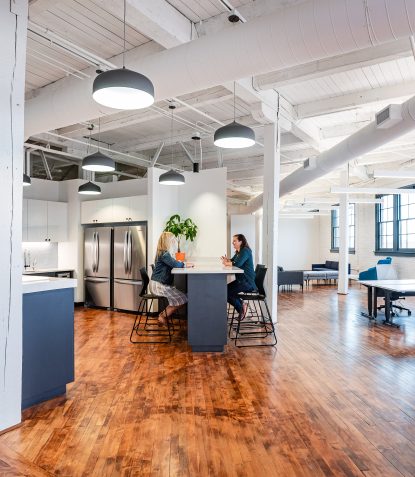
Share this
Designing to a Budget
How to Design Cost Efficiently


When to establish a budget?
Defining a budget early in an architectural project is key to shaping a realistic project scope that fits within financial limitations. This proactive approach aligns client expectations from the start and steers the design process in a practical direction. Early budgeting helps manage costs more effectively, streamlines resource planning, and reduces potential risks as the project progresses. For larger projects, it also aids in securing necessary funding and prevents delays caused by unforeseen expenses. Overall, setting a budget at the beginning keeps the project practical, well-organized, and set up for success.


Best Practice to Stay on Budget


Ensuring Success in Value Engineering
Achieving effective value engineering and budget adherence requires a strategic approach. Begin by outlining a clear project scope and setting well-defined goals, then assemble a cross-functional team to explore potential savings. Assess costs over the project’s lifecycle, work closely with suppliers and contractors, and ensure consistent communication with all stakeholders. Leverage cost estimation tools, assess potential risks, track project milestones, and keep a detailed record of decisions and savings achieved. By following these steps, you can enhance project value, manage costs efficiently, and maintain high standards of quality.